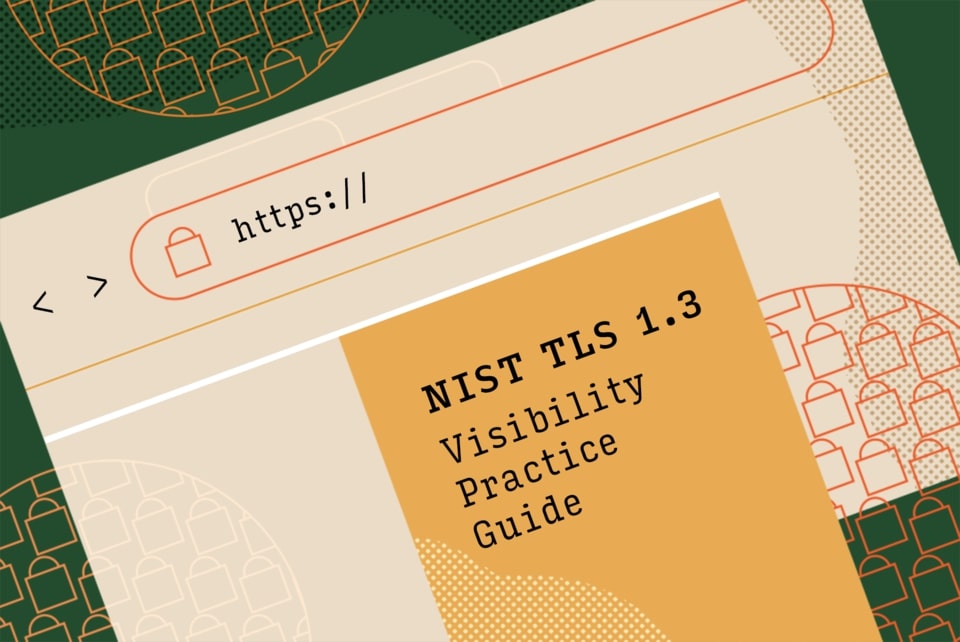
|
Getting your Trinity Audio player ready...
|
The National Institute of Standards and Technology (NIST) is taking a significant step in addressing the complexities brought about by the latest internet security protocol, TLS 1.3, with the release of a draft practice guide. The guide, titled “Addressing Visibility Challenges with TLS 1.3 within the Enterprise,” aims to assist major industries, particularly those in finance and healthcare, in effectively implementing TLS 1.3 while ensuring the necessary network monitoring and auditing. This comes as a response to the challenges faced by organisations mandated to comply with regulations requiring continuous monitoring and auditing for potential cyber threats.

Developed over several years at the NIST National Cybersecurity Centre of Excellence (NCCoE), the practice guide involved collaboration with technology vendors, industry organisations, and stakeholders participating in the Internet Engineering Task Force (IETF). The guidance provides technical methods for businesses to secure data from the public internet to internal servers using TLS 1.3 while adhering to industry regulations and ensuring continuous monitoring and auditing.
Cherilyn Pascoe, Director of the NCCoE, emphasised the importance of TLS 1.3 as an encryption tool that enhances security and supports post-quantum cryptography. The collaborative project uses TLS 1.3 to protect data while meeting auditing and cybersecurity requirements.
The TLS protocol, introduced by the Internet Engineering Task Force (IETF) in 1996, is a crucial component of Internet security. The “s” in “https” indicates the website’s security, with TLS ensuring safe data transmission over the internet. TLS has successfully maintained web security with its previous updates, including TLS 1.2, supporting organisations in auditing incoming web traffic for potential cyber threats.
However, the latest update, TLS 1.3, released in 2018, poses challenges for certain businesses obligated to perform continuous audits. Unlike its predecessors, TLS 1.3 does not support the tools organisations use to access keys for monitoring and audit purposes, prompting questions about maintaining enterprise security and compliance while using TLS 1.3.
NIST’s draft practice guide addresses this challenge by offering six techniques to enable organisations to access keys while safeguarding data from unauthorised access. TLS 1.3 eliminates keys used to protect internet exchanges upon data reception, but the guide’s approaches allow organisations to retain raw received data and decrypted data long enough for security monitoring. This information is stored securely on an internal server for audit and forensics purposes, with destruction upon completion of the security processing.
While storing keys poses inherent risks, NIST developed the practice guide to showcase secure alternatives, steering organisations away from potentially risky homegrown approaches. The emphasis is not on changing TLS 1.3 but on providing organisations with safe methods to retain keys securely.
Murugiah Souppaya, one of the guides’ authors from NCCoE, clarified NIST’s role: “NIST is not changing TLS 1.3. But if organisations are going to find a way to keep these keys, we want to provide them with safe methods.” The guide aims to demonstrate secure key management, educating organisations on minimising risks while staying current with the latest protocol.
The NCCoE is in the process of developing a five-volume practice guide. The first two volumes are currently available, including the executive summary (SP 1800-37A) and a description of the solution’s implementation (SP 1800-37B). The upcoming volumes (SP 1800-37C and D) will cater to IT professionals, providing a how-to guide and demonstrations of the solution.
The third volume (SP 1800-37E) will focus on risk and compliance management, mapping components of the TLS 1.3 visibility architecture to security characteristics in well-known cybersecurity guidelines.
NIST’s draft practice guide is a significant step in helping industries navigate the challenges posed by TLS 1.3. By providing secure methods for accessing keys and maintaining compliance, the guide aims to ensure that organisations can leverage the enhanced security features of TLS 1.3 without compromising on essential monitoring and auditing requirements. The public is invited to provide feedback on the draft practice guide until April 1, 2024.
















